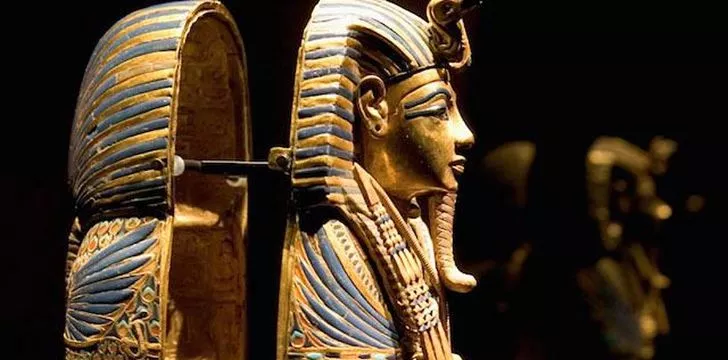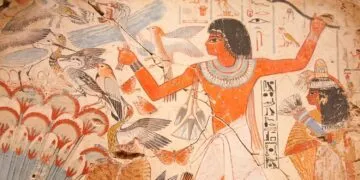Our planet has hosted several leaders who put their significant traces in human history.
We recognize some of them as ruthless persecutors, while we praise some others as the greatest contributors of the human civilizations.
Tutankhamun was one of those well-known leader figures who ruled the New Kingdom of Egypt between 1332-1323 BC, during the period known as the 18th dynasty.
Most people are curious to know that what kind of a leader King Tut was.
In order to come to a conclusion on his ruling tactics and personal behaviors, we have to know some facts about him.
That’s why we gathered 20 interesting facts about Tutankhamun, so you could formulate your own judgment on him.
His name Tutankhamun means “the living image of Amun.”
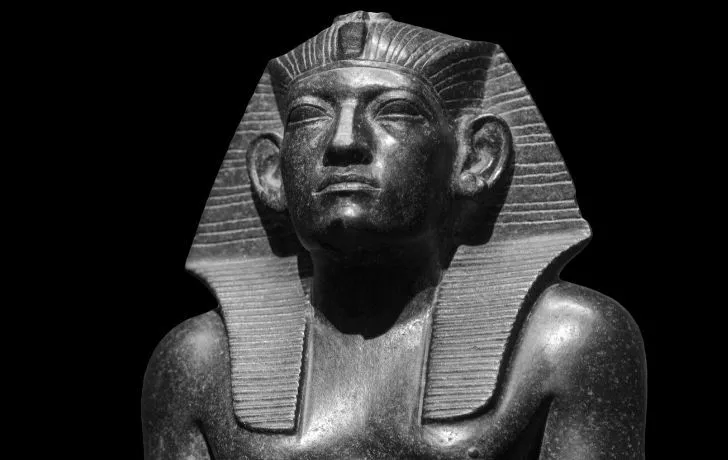
The word Amun (also used as Amon) is the name of the Egyptian deity who was considered as the king of the gods.
His name can also be spelled as Tutankhamen or Tutankhamon.
Tutankhamun had a famous mask made of pure gold.
When we hear his name, the first thing that hits our mind is a mummy with an unusual mask.
We would recognize him only from his mask since we can’t imagine his true face.
The mask, however, was his death mask.
There is no record that confirms whether he wore it when he was alive.
Nobody knows exactly who Tutankhamun’s father and mother were.
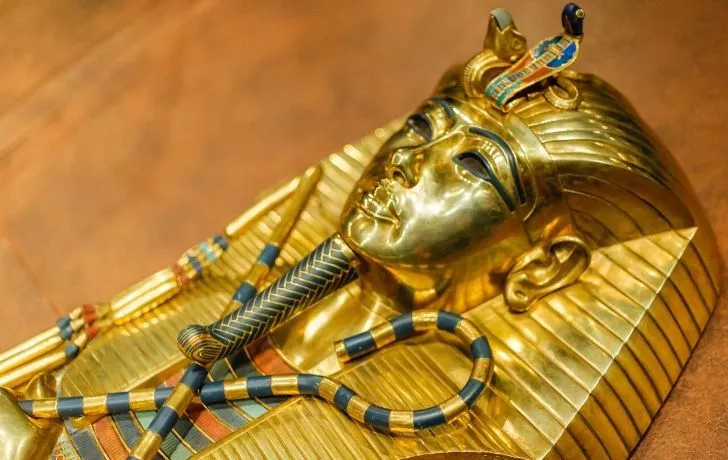
Commonly accepted beliefs speculate that he was either son or a cousin of the Pharaoh Akhenaten who was widely known for his religious revolutions.
When he was a baby, he was nurtured by wet-nurse called Maia.
Some historians think Maia and Tutankhamun’s sister Meritaten was the same person.
If that is true, the whole story gets quite strange.
Tutankhamun was only 9 years old when he took the throne.
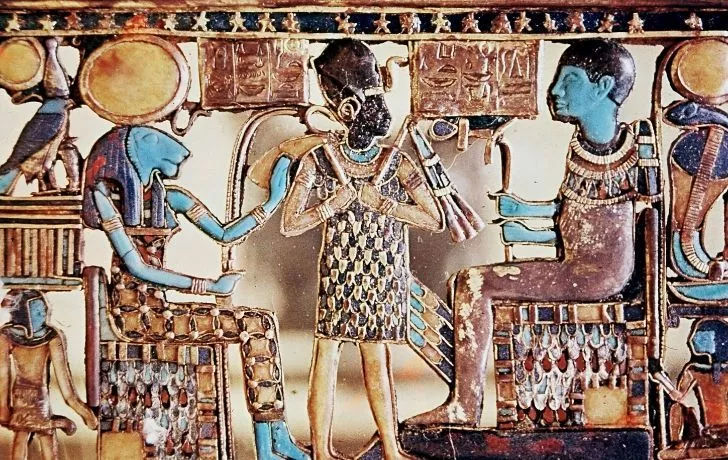
He reigned for about 10 years as pharaoh of the 18th dynasty.
During his reign, he tried to restore previously damaged relations with the nearby kingdoms.
Tutankhamun married his half-sister Ankhesenamun.
Probably, you might have already heard about Nefertiti.
Nowadays, she is the symbol of female beauty.
Ankhesenamun was her daughter.
Mummified twins were found in Tutankhamun’s tomb.
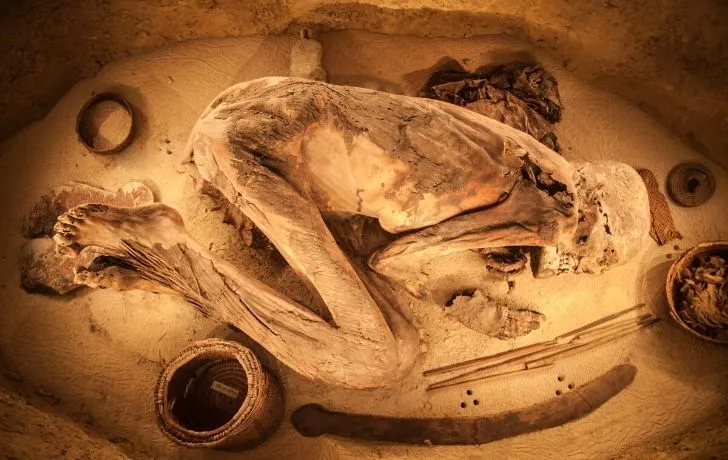
Who were they?
After the extensive research, scientists believe that those two fetuses were stillborn daughters of Tutankhamun and Ankhesenamun.
Tutankhamun died when he was only 19 years old.
When scientists studied his mummified remains they found the traces of malaria parasite and some type of bone disease.
Currently, Tutankhamun is one of the more well-known pharaohs because of his well-preserved tomb.
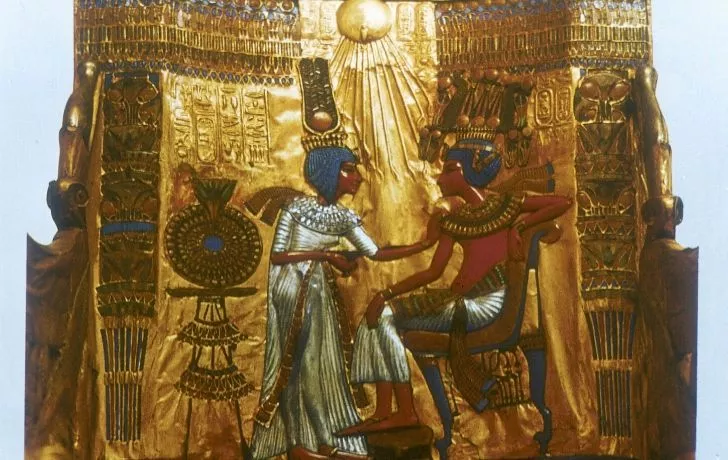
Lavish artifacts that were associated with him, such as jewelry, furniture, pottery and other objects were among the things that were the most exhibited around the world.
This is how his popularity grew.
Did you know that Tutankhamun was his adopted name?
From childhood, he was named Tutankhaten mainly because of his father’s faith in a god called Aten.
Tutankhamun, however, turned his faith towards Egyptian god Amen.
And, he condemned Akhenaten’s (his father’s) religious revolution and rebuilt new temples based on his own beliefs.
Tutankhamun might have been a crippled Pharaoh.
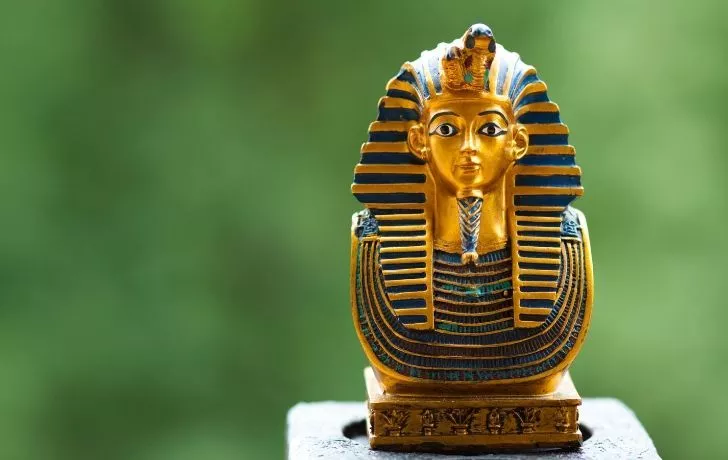
Such claims started to come out when the group of scientists studied the mummy of Tutankhamun and found the traces of rare bone disorder on his left foot.
Plus, historians found several canes in his tomb which coincides with the claims.
We know for sure that Tutankhamun did not grow old to use those canes.
He died when he was a teenager.
Tutankhamun died unexpectedly and nobody knows how.
As I mentioned in the previous facts, there are some speculated causes of his death.
The main suspects are malaria parasites, rare bone disorder, or an accident that led to the infections of his left foot.
A giant hippo might have taken a lethal bite out of Tutankhamun.

This speculation came from the California State University.
Dr. Brenson Harer concentrated his attention on Tutankhamun’s chest where the signs of severely damaged ribs were obvious.
Then, he came to the conclusion that since most pharaohs practiced Hippo hunting, Tutankhamun might have been a victim of an angry hippopotamus during one of those events.
British archeologist Howard Carter found the tomb of Tutankhamun in Valley of the Kings in 1922.
On November 4, 1922, a water boy from their team stumbled upon a rock which later turns out to be the upper parts of the stair leading to King Tut’s chamber.
Carter described the day of the discovery as “the day of days.”
The recent research indicates that King Tut’s burial was rushed.
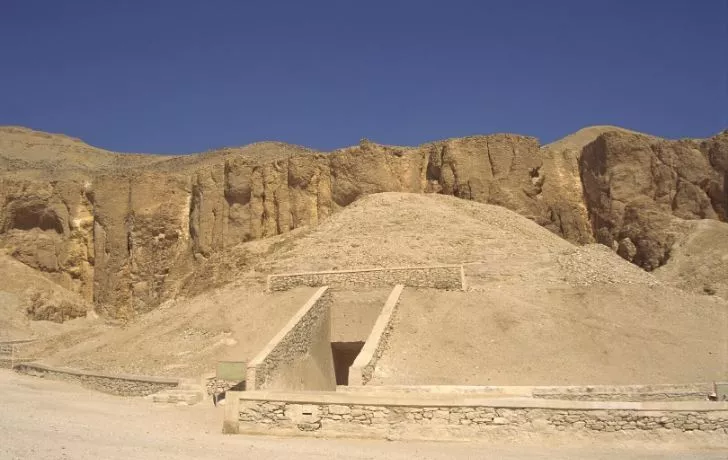
However, nobody exactly knows why.
Even the paint on the walls of his chamber hadn’t had a chance to dry when Tutankhamun was placed in there.
Tutankhamun did not leave an heir after him.
According to some historians his marriage with half-sister Ankhesenamun was a happy one.
However, their offspring’s did not survive the infancy.
Two of the most powerful advisors of Tutankhamun were the grand vizier Ay and army general Horemheb.
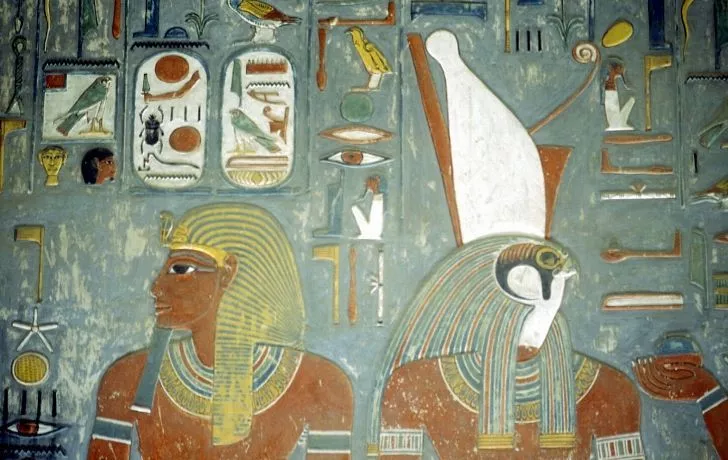
Given the age of Tutankhamun during the reign, he might have needed powerful advisors to rule the civilization as big as Egypt.
Both Ay and Horemheb also ruled Egypt as the Pharaohs of the 18th dynasty.
Right after the Tutankhamun’s death, Ay took the throne and ruled about four years.
After Tutankhamun’s death, his wife wrote a letter to the Hittite king Suppiluliuma I.
In that letter, Ankhesenamun (his wife) asks from Suppiluliuma I to send one of his sons to Egypt so she could marry him.
The Hittite king sends one of his sons to Egypt but his son disappeared.
It was believed that Ay (successor of Tutankhamun) ordered to kill him before he could have a chance to marry Ankhesenamun.
There are also speculations that suggest Ay murdered Tutankhamun to claim his throne.
Eventually, Ay became next pharaoh and married Tutankhamun’s widowed wife Ankhesenamun.
Tutankhamun’s tomb included 5,000 items.
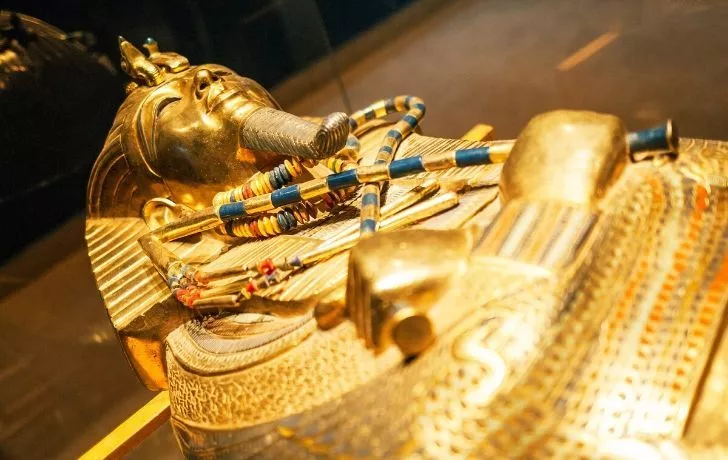
Some of those items were made of solid gold.
Most people want to know the total value of the artifacts found in his tomb. However, nobody can estimate it accurately.
This is mainly because every object gives the glimpse of a life that existed 3,200 years back in history, which is priceless.
There is a group of people who believe “Curse of the Pharaohs”.
According to the beliefs, anyone who disturbs the King Tutankhamun’s tomb gains a ticket to their graveyard.
As proof for such claims, they bring Lord Carnarvon’s death as an example.
He was Howard Carter’s patron and he died 4 months after the unsealing of the tomb.
There were another 11 deaths among the expedition members.
All of those lives were lost within 10 years after the discovery.
